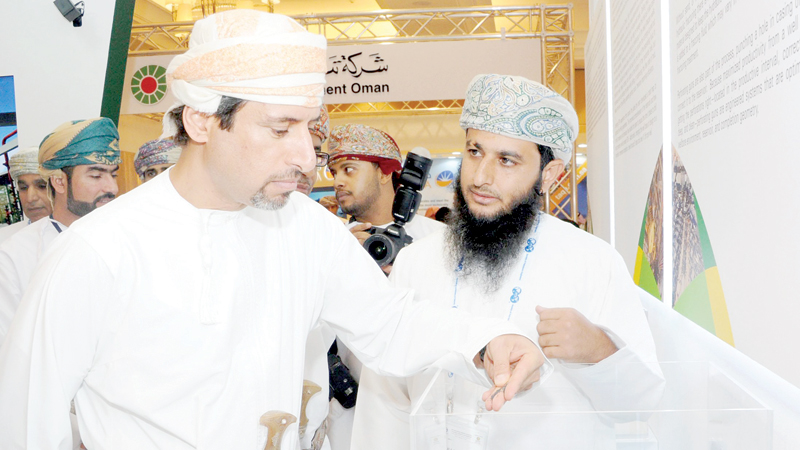

Oman’s Ministry of Oil & Gas has urged the energy industry to strongly explore opportunities for localising the supply chain surrounding the use of fracking (or fraccing) — a technique that is set to play an increasingly pivotal role in sustaining Oman’s hydrocarbon output over the long term.
The appeal was made by Salim bin Nasser al Aufi, Ministry Under-Secretary, while addressing the SPE International Hydraulic Fracturing Technology Conference and Exhibition that began at the Sheraton Oman Hotel yesterday. The 3-day forum has been organised by the Society of Petroleum Engineers (SPE) with the support of the Ministry of Oil & Gas, Petroleum Development Oman (PDO) and BP.
Hydraulic fracturing — commonly referred to as fracking in the global energy sector — is a technique used to fracture the tight rock of the reservoir in which gas or oil is trapped in tiny pores. The process involves the high-pressure injection of fracking fluid (typically water containing sand or other proppants) into the wellbore to create cracks in the rock formation several kilometres below the surface. The cracks, held open by the sand, enable the natural gas or crude to escape into the production well.
The declining cost of fracking coupled with rising efficiency levels has enabled the use of the technology to harness the hydrocarbon potential of gas and oil reservoirs once deemed too challenging or expensive to develop. But to make the technology even more cost-competitive and economical in the Sultanate, the upstream sector should weigh opportunities to localise the underlying supply chain, said Al Aufi.
The Under-Secretary cited in this regard the potential for manufacturing ‘frack sand’ — the proppant required in huge quantities during fracking operations. Frack sand is high-purity quartz sand with rounded grains that are crush-resistant and of a particular size. They are injected into the rock formation along with water to fracture the rock and keep open the fractures that are created.
All of Oman’s requirements of frack sand are currently imported — a feature that adds to the cost of fracking operations in the Sultanate. But if locally produced, using Oman’s limitless sand resources, this resource can be used not only in the Sultanate, but exported overseas as well, the official explained.
Later, in remarks to journalists, Al Aufi pointed out that efforts are ongoing to explore the localisation potential of frack sand. “We are studying all available types of sand in the Sultanate.
The initial conclusion is that we may not have the strength we are looking for, but there are still pockets of sand that are yet to be tested. The testing is being done by one of the universities in Oman in collaboration with a service provider.”
An alternative option, the Under-Secretary said, would be to coat locally sourced, high-grade sand — a process that could add to the cost of the end-product.
“Ultimately, we will have to balance the cost effectiveness of imported frack sand and the locally produced alternative,” he noted.
Fracking is also rapidly transforming the global energy landscape. “It’s making it easier to develop tight gas resources,” the Under-Secretary pointed out, citing in this regard the example of the Khazzan gas field in Block 61.
First discovered by PDO in 2000, the field was kept on ice for a decade before economical and more efficient fracking technology enabled BP’s current role in the development of the giant reservoir.
Oman Observer is now on the WhatsApp channel. Click here



